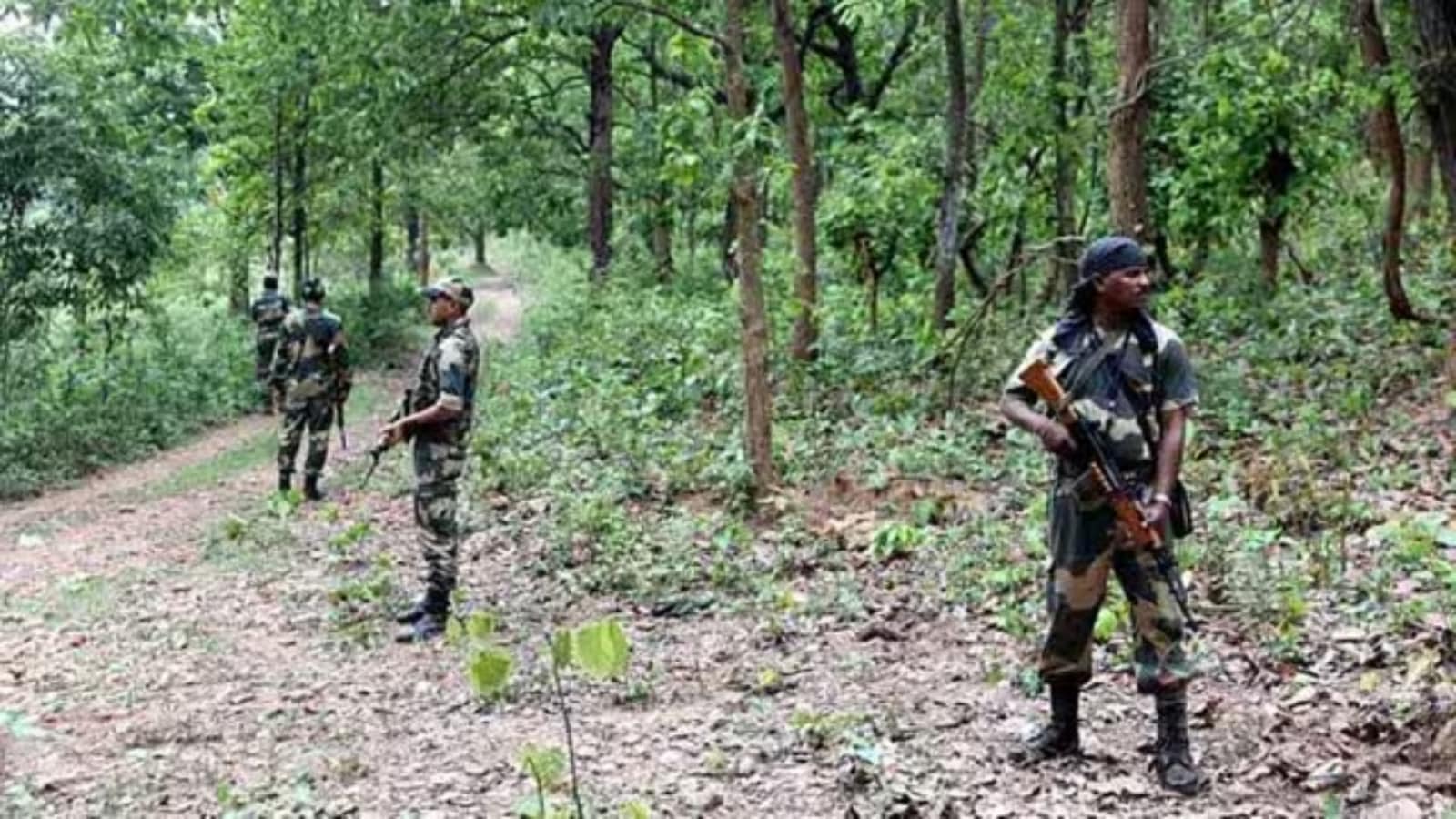 |
|
The early morning hours of Sunday witnessed a significant development in the ongoing conflict between the Indian authorities and the Communist Party of India (Maoist), a banned insurgent group. A fierce gun battle erupted in the Mulugu district of Telangana, resulting in the deaths of seven Maoist cadres. This incident underscores the persistent challenges India faces in combating Naxalite insurgency, a decades-long struggle marked by violence and ideological conflict. The gravity of the situation is heightened by the fact that among the deceased was Kursam Mangu, also known as Bhadru, a prominent figure within the Maoist organization. He held the position of Telangana state committee member and secretary of the Yellandu-Narsampet area committee, carrying a significant bounty of Rs 20 lakh on his head. This indicates the strategic importance of his elimination for the authorities.
The details surrounding the encounter remain somewhat scant, but initial police reports suggest the Maoists opened fire indiscriminately on police personnel, who responded in self-defense. This version of events, however, requires further investigation and corroboration from independent sources to ensure a comprehensive and unbiased understanding of the circumstances leading to the deadly exchange of gunfire. The police account mentions that six of the seven deceased were natives of Chhattisgarh, a state that has been significantly impacted by Naxalite activity for several decades. This geographical connection highlights the trans-state nature of the Maoist insurgency and the complexities of effectively addressing the issue.
The killing of seven Maoists, including a high-ranking leader, undoubtedly represents a significant blow to the organization's operational capabilities within Telangana. However, it is crucial to avoid celebrating such events prematurely. The Maoist movement has a history of adapting to setbacks and demonstrating resilience in the face of heavy losses. Past experiences suggest that the vacuum created by the elimination of key figures may be filled relatively quickly, and the insurgency may regroup and reorganize. Therefore, the long-term implications of this encounter remain to be seen. A more holistic approach, encompassing not just military operations but also socio-economic development and addressing the root causes of Naxalism, remains critical for achieving lasting peace and stability in affected regions.
The incident also raises several important questions. What specific intelligence led to this operation? What measures were in place to minimize civilian casualties? And what strategies are being implemented by the authorities to prevent future such incidents? Transparency regarding such details is vital to build public trust and ensure accountability. Furthermore, the human rights implications of such encounters need careful consideration. Independent investigations must be conducted to ensure adherence to due process and to prevent any potential abuses of power. The focus should be not just on neutralizing the immediate threat but also on long-term solutions that address the underlying socio-political and economic grievances that fuel the Naxalite movement.
The conflict between the Indian state and the Maoists is a deeply complex and multifaceted issue that cannot be understood solely through the lens of immediate military responses. It requires a multi-pronged strategy that includes providing alternative livelihoods, improving governance, promoting education and healthcare in marginalized communities, and addressing the historical grievances that have fueled the insurgency for decades. Only a comprehensive and nuanced approach that combines military action with socio-economic development can offer a hope of lasting peace and reconciliation in these conflict-ridden areas of India. The Telangana encounter, while a significant event, is just one chapter in a much larger and more intricate story.
Ultimately, the death of seven Maoists, including a prominent leader, should serve as a reminder of the ongoing challenges posed by the Naxalite movement and the need for a sustained and multifaceted approach to address this complex issue. The situation necessitates a delicate balance between decisive action against insurgent violence and the imperative of upholding human rights and addressing the root causes of the conflict. Only through a concerted effort that combines effective security measures with meaningful social and economic reforms can India hope to achieve sustainable peace and development in the affected areas.
Source: Seven Maoists killed in gunfight with police in Telangana
